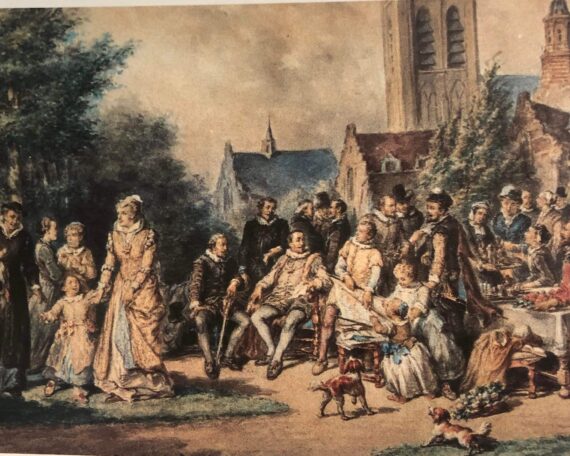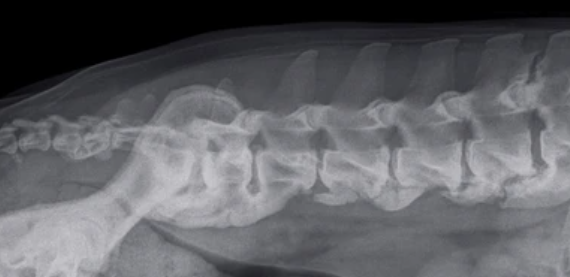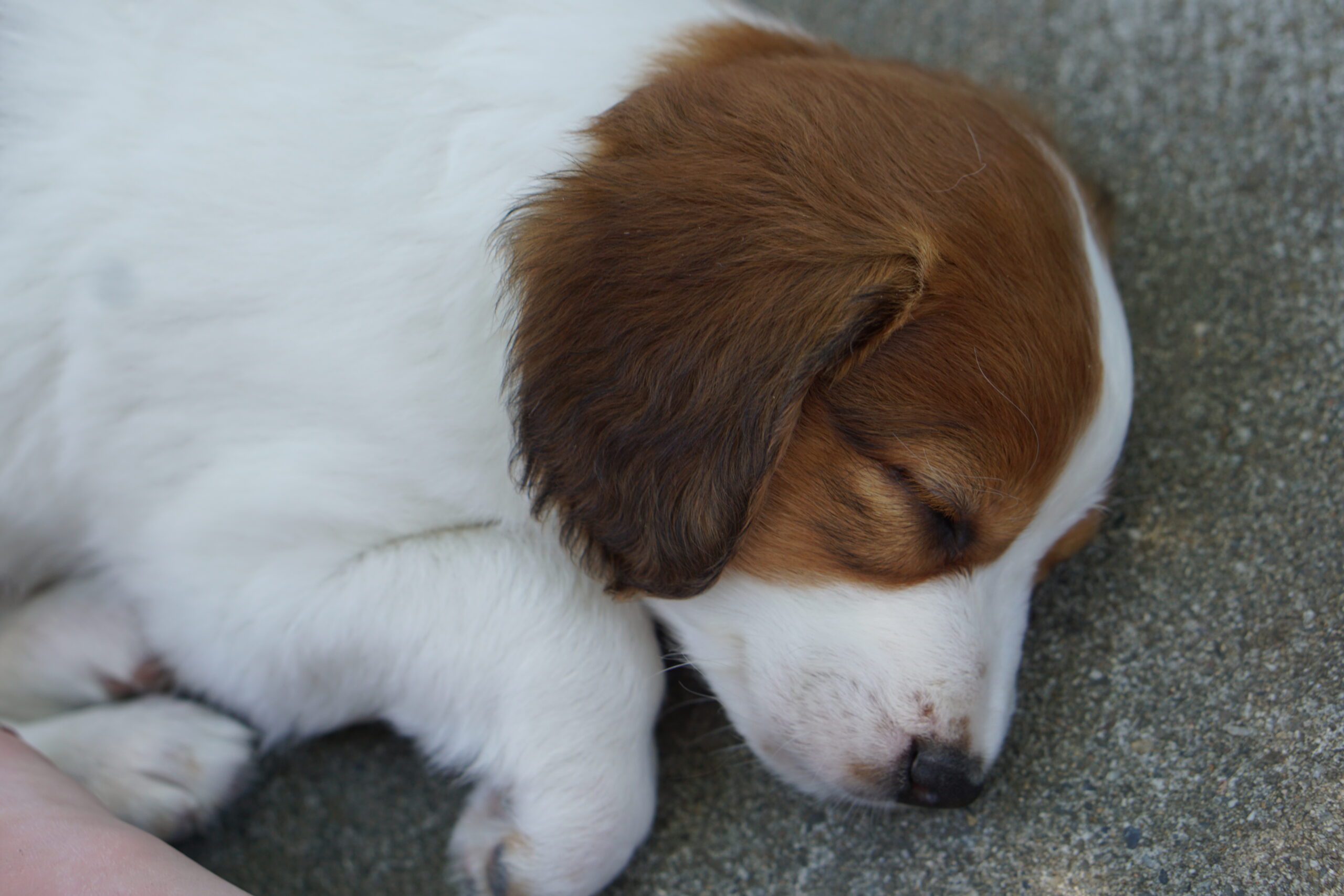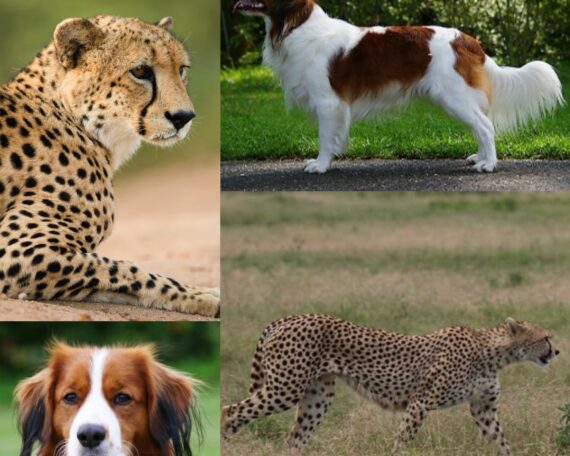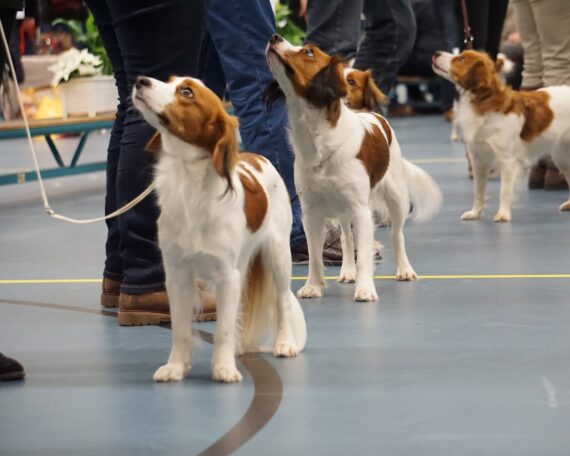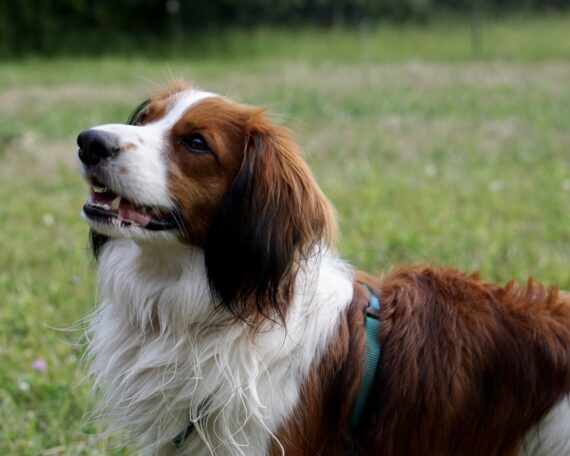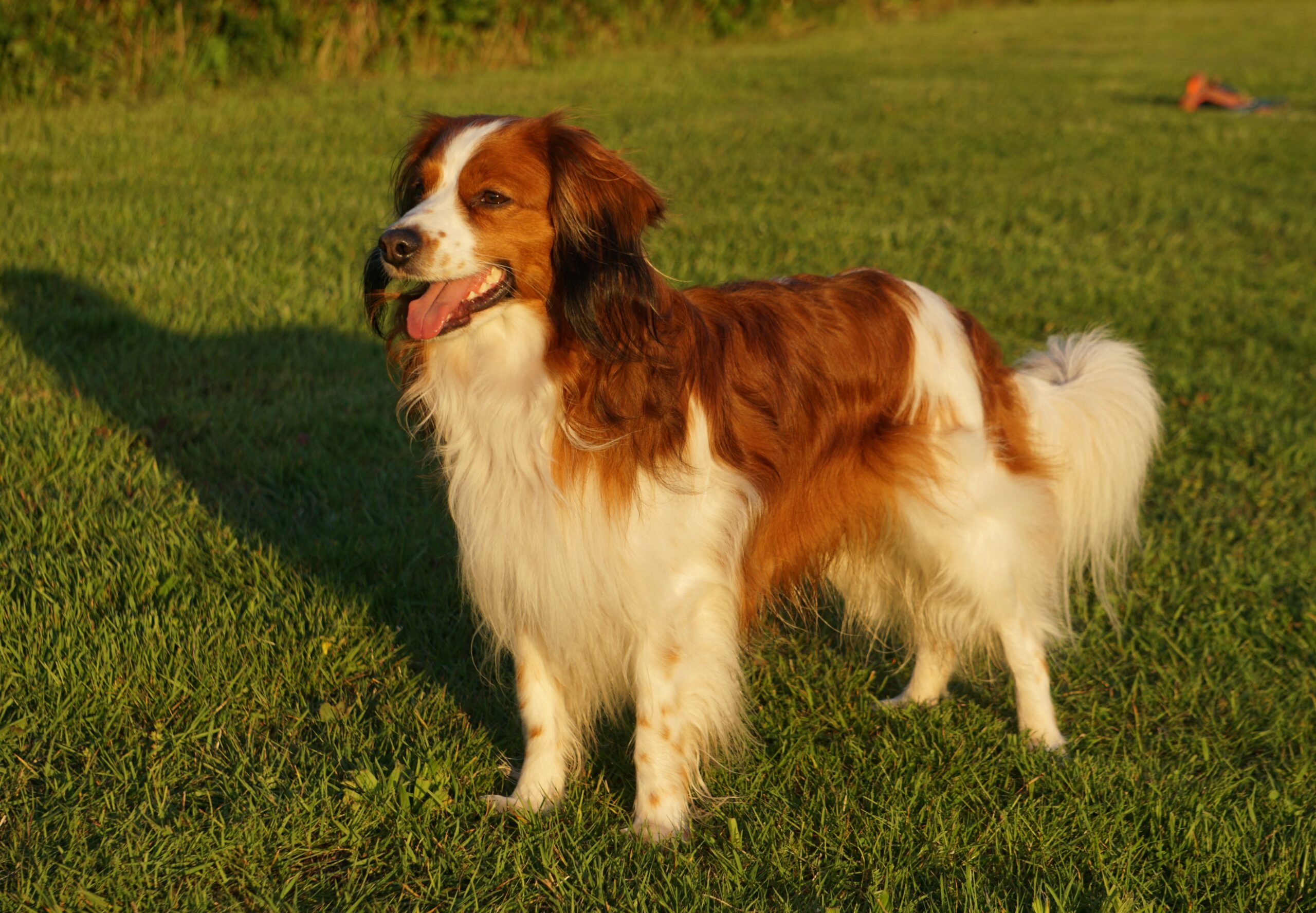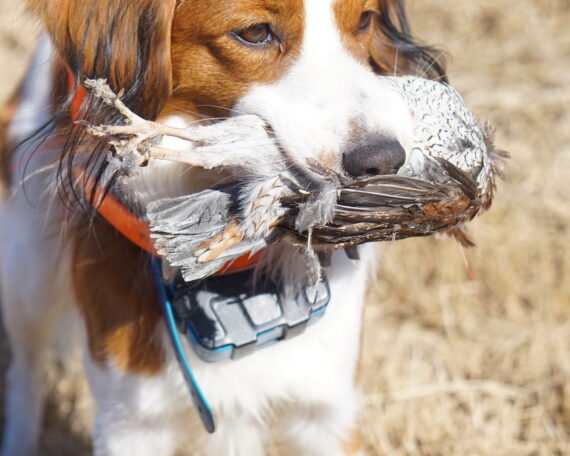Early Kooikerhondje History (no, they are not a “new breed”!)
Often, when people first learn of our breed, they assume it must be a newly-created breed. While yes, the breed was not accepted into AKC until 2018, it is actually much, MUCH older than the AKC itself, and even the Victorian-era concept of dog breeds. Mentions of Kooiker-like dogs, which we refer to spioens, can
